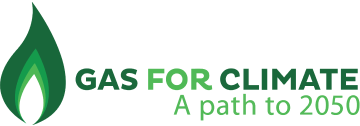Gas for Climate publishes a new study on key elements needed to facilitate H2 imports from non-EU countries including assessment of operating models for H2 storage.
The European Commission recently published its REPowerEU plan which aims to rapidly reduce dependence on Russian fossil fuels and accelerate the green transition. Hydrogen plays a key role in this plan. A total of 20 Mt of hydrogen is targeted by 2030 – 10 Mt via domestic production and up to 10 Mt via imports. To meet the hydrogen import target, infrastructure, regulation, and support mechanisms must be fit for purpose. However, this is currently not the case. This paper provides insights on the existing challenges or imports and how they can be overcome.
- Transport options and import infrastructure. Hydrogen can be imported via pipeline or ship (e.g., liquid hydrogen, liquid organic hydrogen carriers (LOHC), methanol, ammonia and synthetic methane). Existing natural gas pipelines from third countries can be repurposed to allow high-volume imports at low costs. Shipping enables imports of hydrogen carries from countries further away from Europe, thus contributing to the diversification of supply. When assessing import options, it is important to consider how these imports can be integrated in the emerging European Hydrogen Backbone so that the imported hydrogen is readily transported to the demand centres.
- Regulation, certification, and standardisation. There are multiple proposals on the table concerning hydrogen at EU level, however, they often miss an international perspective relevant to facilitate imports. Pragmatic sustainability requirements for hydrogen, transparent certification mechanisms and harmonised standards are needed to implement international hydrogen projects and the required import infrastructure.
- Supporting international hydrogen projects. Several mechanisms are put forward in the REPowerEU plan to support hydrogen projects across the value chain. H2Global is a best-practice example which could serve as a blueprint for incentivising imports to Europe. Next to financial support, bilateral or multilateral hydrogen partnerships with third countries can facilitate knowledge exchange, e.g., on certification or production technologies, thus, positively impacting timely hydrogen imports.
- Actions to facilitate hydrogen imports from nonEU countries. In summary, there is an exhaustive list of actions to be taken before the EU can receive large volumes of hydrogen from third countries.
Read the full publication here.

